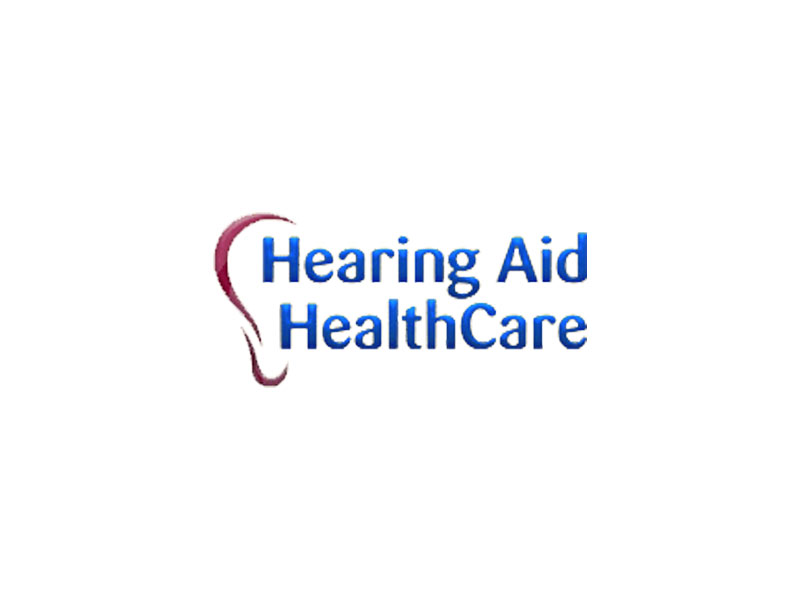Most people are surprised to learn how young the field of audiology really is, and just how recently its founding father established the profession. To put this in perspective, if you wanted to find the founding father of biology, for example, you’d have to go back in time by 2,300 years and read the The History of Animals, a natural history text written in the 4th century BCE by the Ancient Greek philosopher Aristotle.
In comparison, to find the founding father of audiology, we need go back only 70 years, to 1945 when Raymond Carhart popularized the word. But who was Raymond Carhart, and how did he come to establish a distinctive scientific discipline so recently? The narrative starts with World War II.
World War II and Hearing Loss
One of history’s famous lessons shows us that necessity is the mother of invention, meaning that challenging conditions prompt inventions focused on reducing the difficulty. Such was the story for audiology, as hearing loss was growing to be a bigger public health concern both during and after World War II.
Indeed, the primary driving force behind the advancement of audiology was World War II, which resulted in military personnel returning from combat with significant hearing damage due to direct exposure to loud sounds. While several speech pathologists had been calling for better hearing evaluation and treatment all along, the amount of people dealing with hearing loss from World War II made the request impossible to dismiss.
Among those calling for a new profession, Robert West, a well known speech pathologist, called for the development of the speech pathology field to include the correction of hearing in 1936 — the same year that Raymond Carhart would graduate with a Doctor of Philosophy degree in Speech Pathology, Experimental Phonetics and Psychology.
Raymond Carhart Establishes the New Science of Hearing
Raymond Carhart himself began his career in speech pathology. He received his Bachelor of Arts degree in Speech and Psychology from Dakota Wesleyan University in 1932 and his Master of Arts and Doctor of Philosophy degrees in Speech Pathology, Experimental Phonetics and Psychology at Northwestern University in 1934 and 1936. Carhart was in fact one of the department’s first two PhD graduates.
Right after graduation, Carhart became an instructor in Speech Re-education from 1936 to 1940. Then, in 1940 he was promoted to Assistant Professor and in 1943 to Associate Professor. It was what occurred next, however, that may have changed the course of history for audiology.
In 1944, Carhart was commissioned a captain in the Army to head the Deshon General Hospital aural rehabilitation program for war-deafened military personnel in Butler, Pennsylvania. It was here that Carhart, in the setting of helping more than 16,000 hearing-impaired military personnel, popularized the term audiology, designating it as the science of hearing. From that point forward, audiology would split from speech pathology as its own distinctive research specialization.
At the conclusion of the war, Carhart would go back to Northwestern University to develop the country’s first academic program in audiology. As a skillful professor, he guided 45 doctoral students to the completion of their work, students who would themselves become notable professors, scientists, and clinical specialists across the country. And as a researcher, among many contributions, Carhart developed and refined speech audiometry, in particular as it applied to calculating the effectiveness of hearing aid performance. He even identified a distinct pattern on the audiogram that indicates otosclerosis (hardening of the middle ear bones), eponymously named the “Carhart notch.”
Raymond Carhart’s Place in History
Of history’s founding fathers, the name Raymond Carhart may not be as familiar as Aristotle, Isaac Newton, Albert Einstein, or Charles Darwin. But if you wear hearing aids, and you know the degree to which the quality of life is increased as the result, you might place Raymond Carhart on the same level as history’s greats. His students probably would, and if you visit the Frances Searle Building at Northwestern University, you’ll still see a plaque that reads:
“Raymond Carhart, Teacher, Scholar, and Friend. From his students.”
 Most people are surprised to learn how young the field of audiology really is, and just how recently its founding father established the profession. To put this in perspective, if you wanted to find the founding father of biology, for example, you’d have to go back in time by 2,300 years and read the The History of Animals, a natural history text written in the 4th century BCE by the Ancient Greek philosopher Aristotle.
Most people are surprised to learn how young the field of audiology really is, and just how recently its founding father established the profession. To put this in perspective, if you wanted to find the founding father of biology, for example, you’d have to go back in time by 2,300 years and read the The History of Animals, a natural history text written in the 4th century BCE by the Ancient Greek philosopher Aristotle.